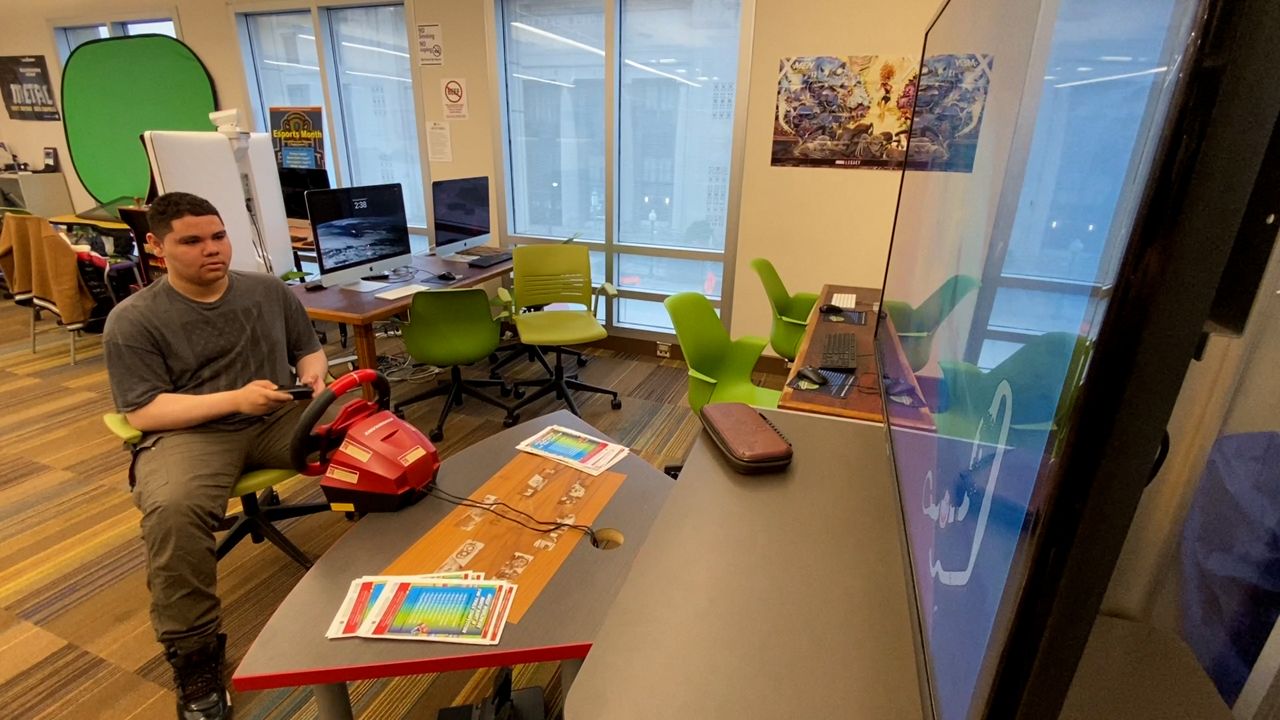SODUS POINT, N.Y. — A Lake Ontario shoreline village that gets most of its livelihood from its location is taking steps to ensure that the quality of the water stays top-notch. It hasn’t always been that way in Sodus Point.
The weekly pontoon boat ride on Sodus Bay isn’t a pleasure trip. Nell Gardner and Ann Ghyzel are citizen scientists on a water testing mission.
“Ninety percent of the water in Sodus Bay is from the streams around us,” said Gardner, a research coordinator for the project. “And so we're testing pretty much where they come in.“
Sodus Point, located in Wayne County, is a big summer destination. People spend the summer here in cottages that line the bay. Boating, swimming and fishing are big. The water is the draw. Preserving it is why the group Save our Sodus began weekly testing this summer.
Save Our Sodus was formed 25 years ago, after runoff into the bay had created so much damage that the water was considered essentially dead below 27 feet.
“Twenty-five years later, the bay is in really amazingly better shape,” said S.O.S. president Donald Riling. “But there's always danger.”
S.O.S. members say the result of state water quality testing can be hard to find. The weekly results from the tests the group conducts are posted online.
“Another thing we want to do is make it visible to people in our community that support SOS, just how clean the water is,” said Ghyzel, a technical specialist.
The idea for testing came after a meeting with environmental consultants from Buffalo Niagara Waterkeeper.
“They said to us, are you doing water testing?” said Riling. “And we said, well, we’re not scientists. They said you don’t have to be scientists.”
So they bought the equipment, and in early July went to work — monitoring the effects of runoff, and collecting potential E. coli samples that are sent off to a lab.
“If it's in the surrounding land, it's going to end up in the water at some point,” said Garnder. “That's just the natural cycle.”
Save Our Sodus is holding a daylong event, Bay Day, on Saturday, July 27, to highlight its Weekly Water Wellness testing and many other programs.
Researchers also collect plant life from the bay. Invasive species are a threat to the bay’s delicate ecosystem.
“It creates problems with boating and, of course, changes the balance in the bay for other vegetation and animals and fish,” she said.
No one wants to see that happen. Efforts like this are an investment in the future.
“Are we making decisions that will guarantee that our great great great great grandchildren have a wonderful gem that's still full of fish, still full of wildlife in the area?” said Riling. “That's still a beautiful place to go to. That's really our vision.”










